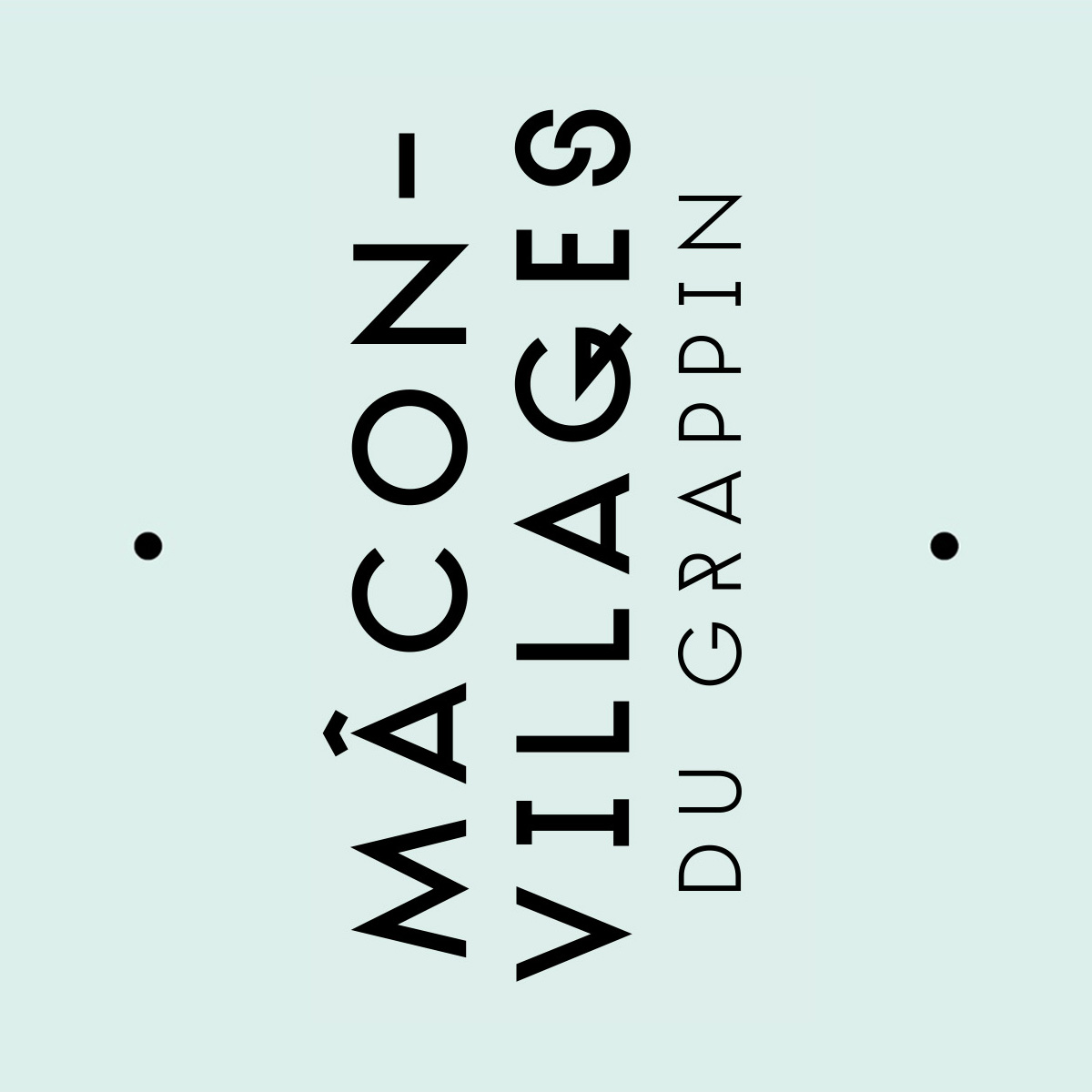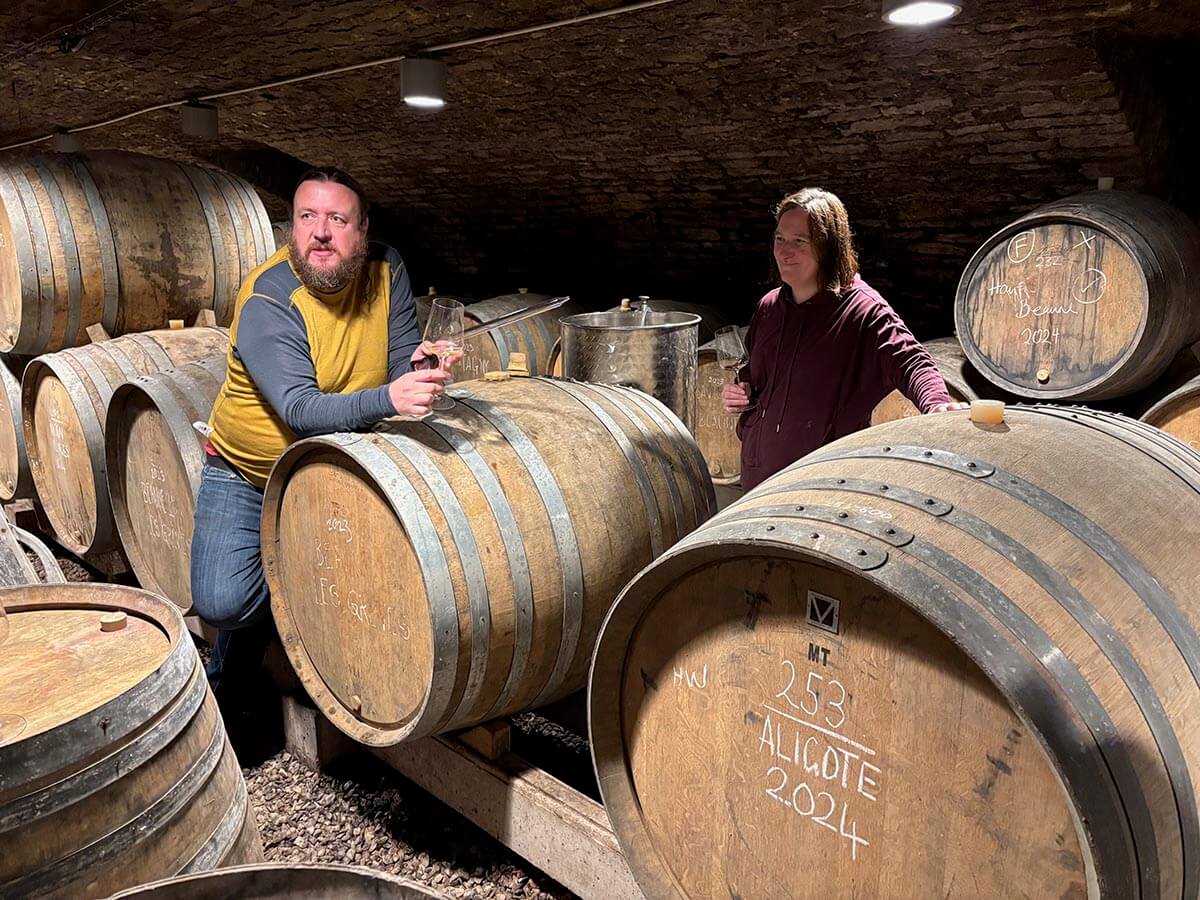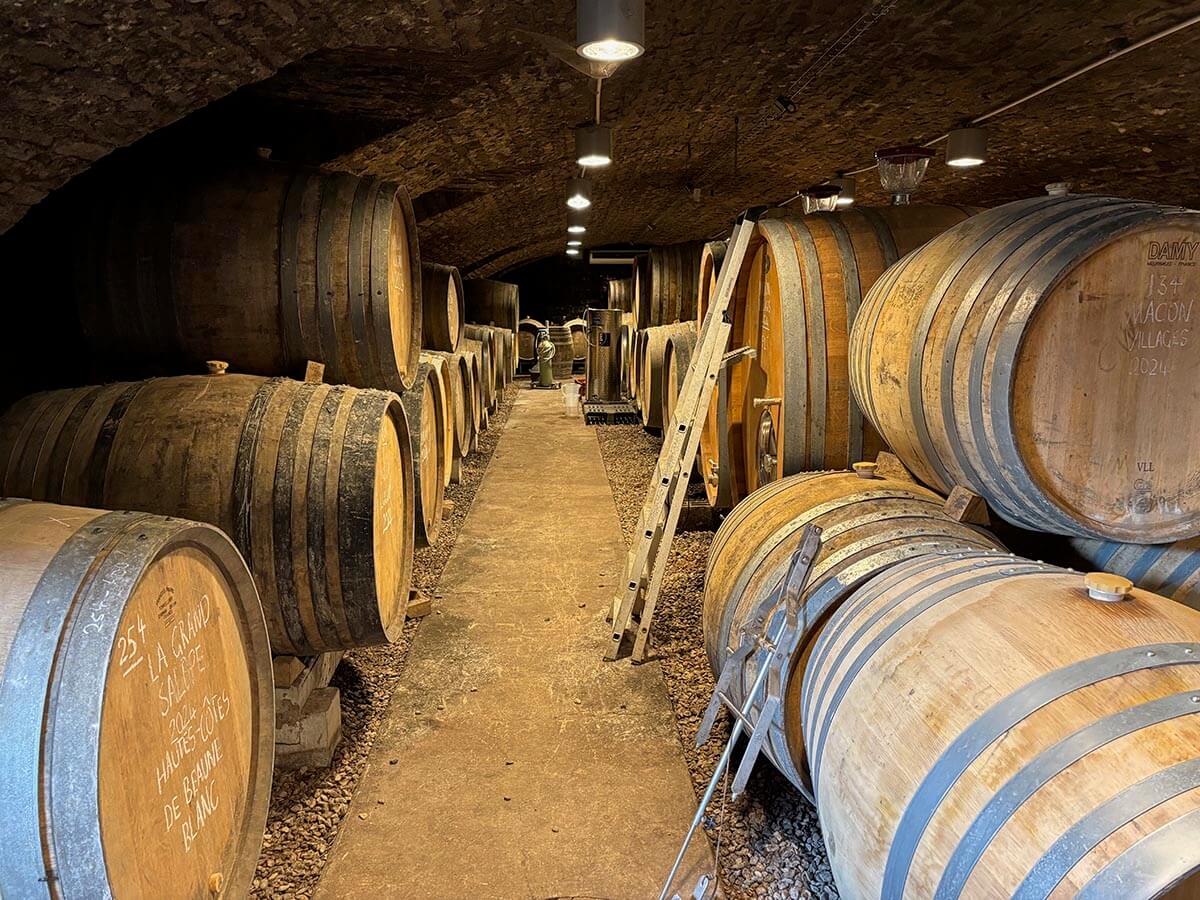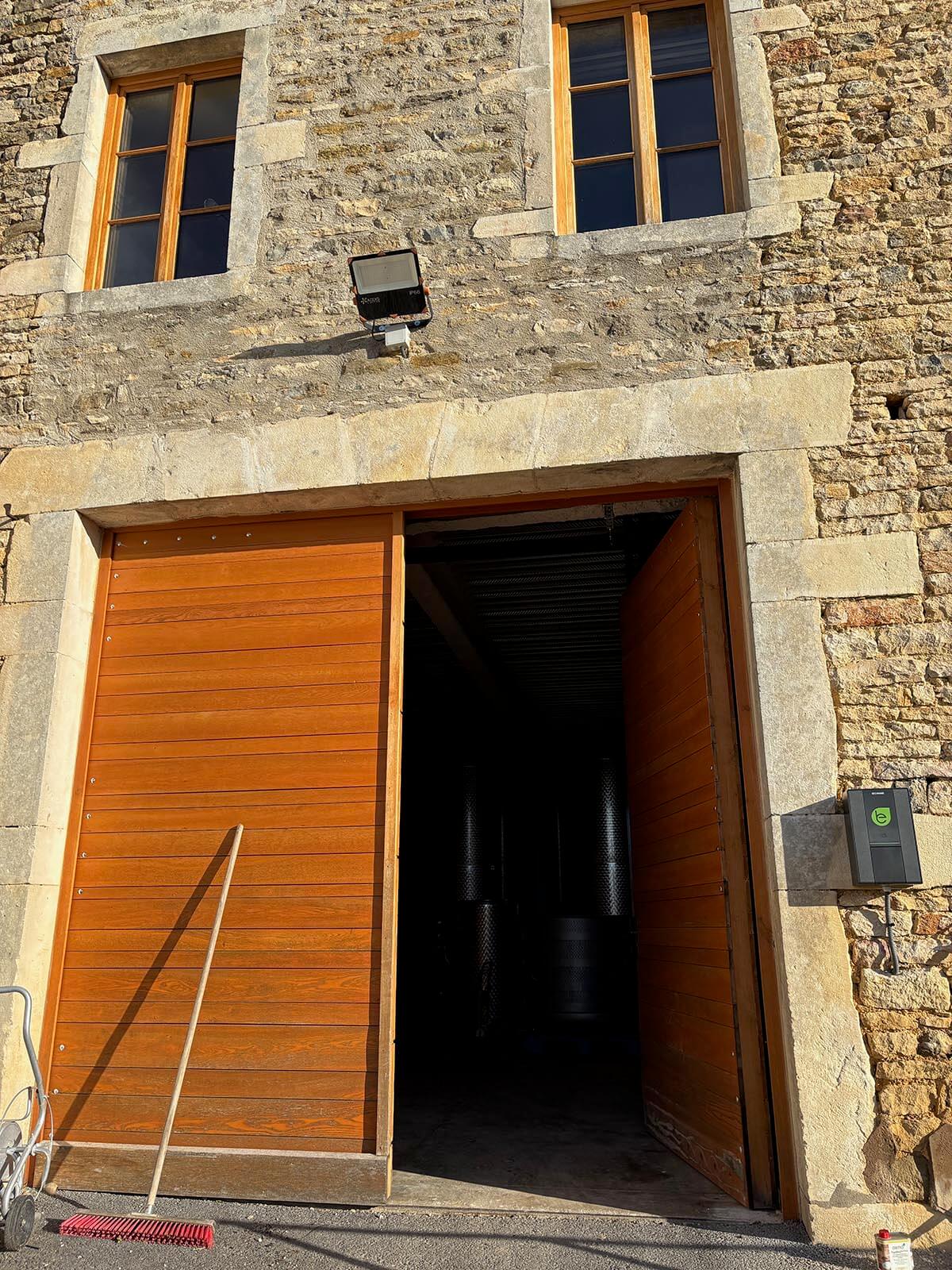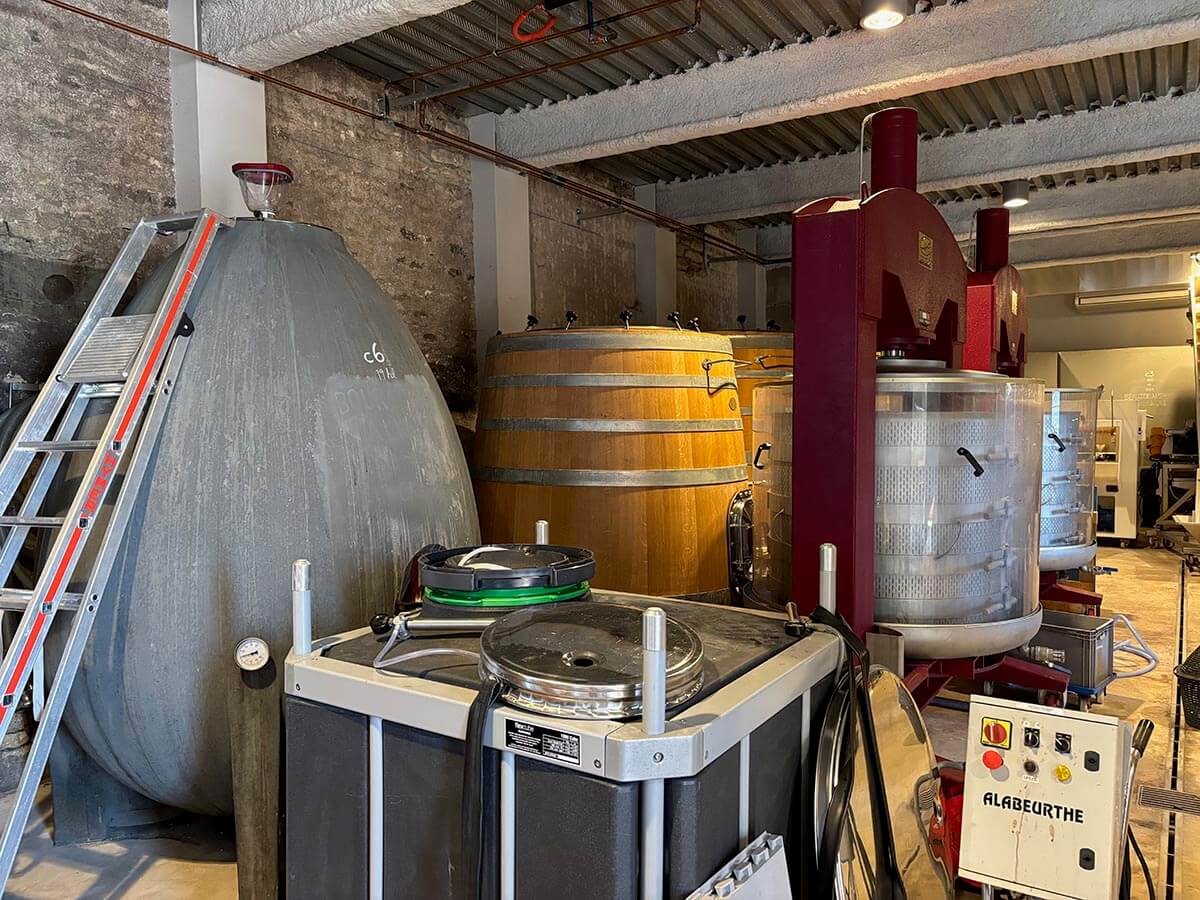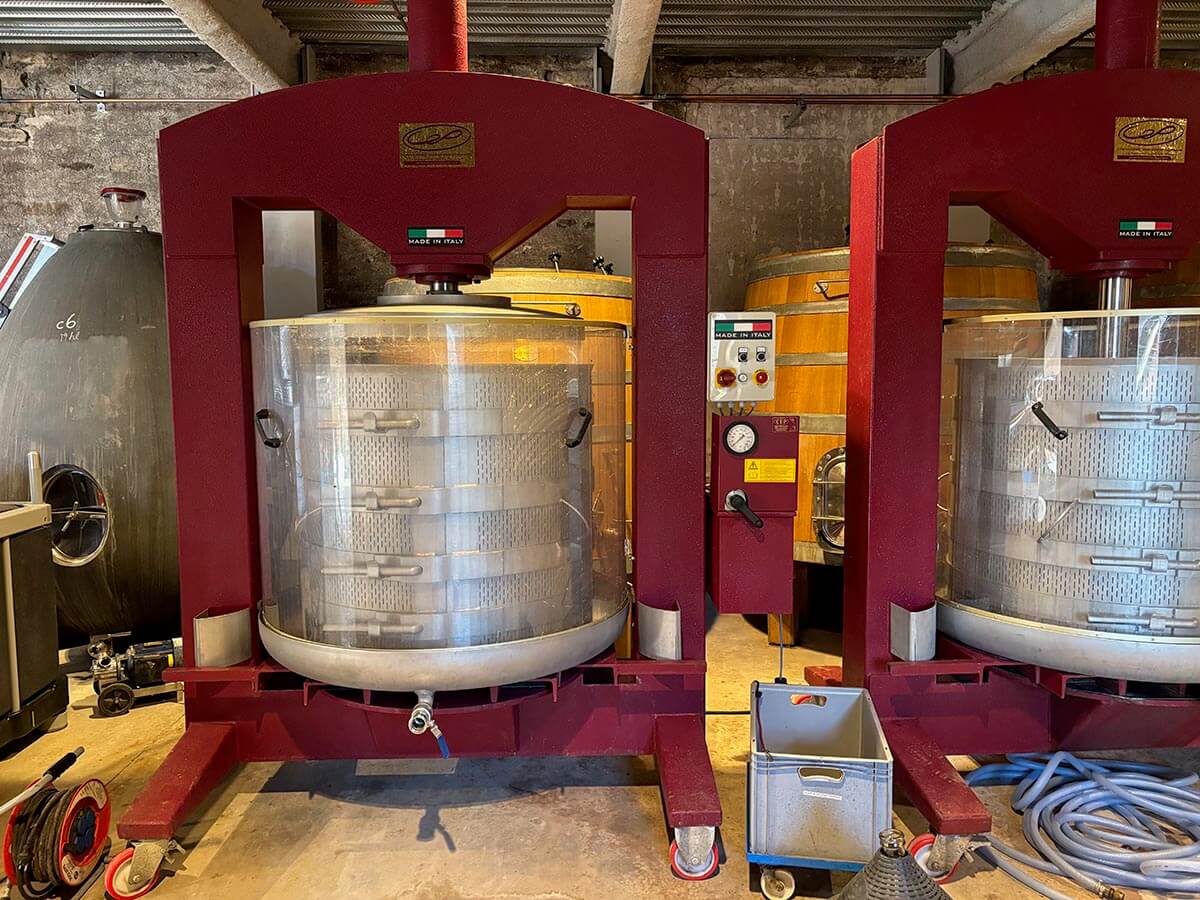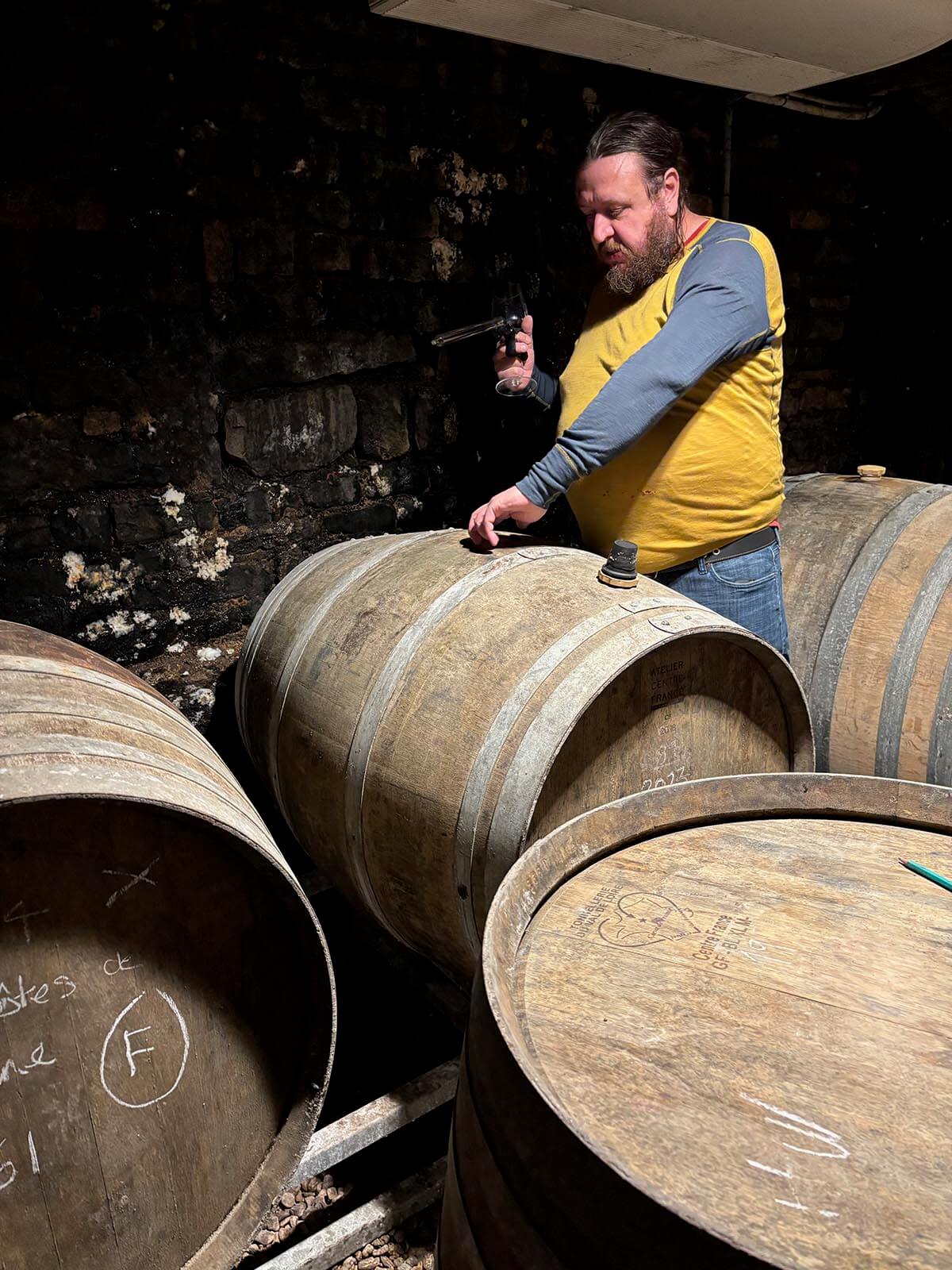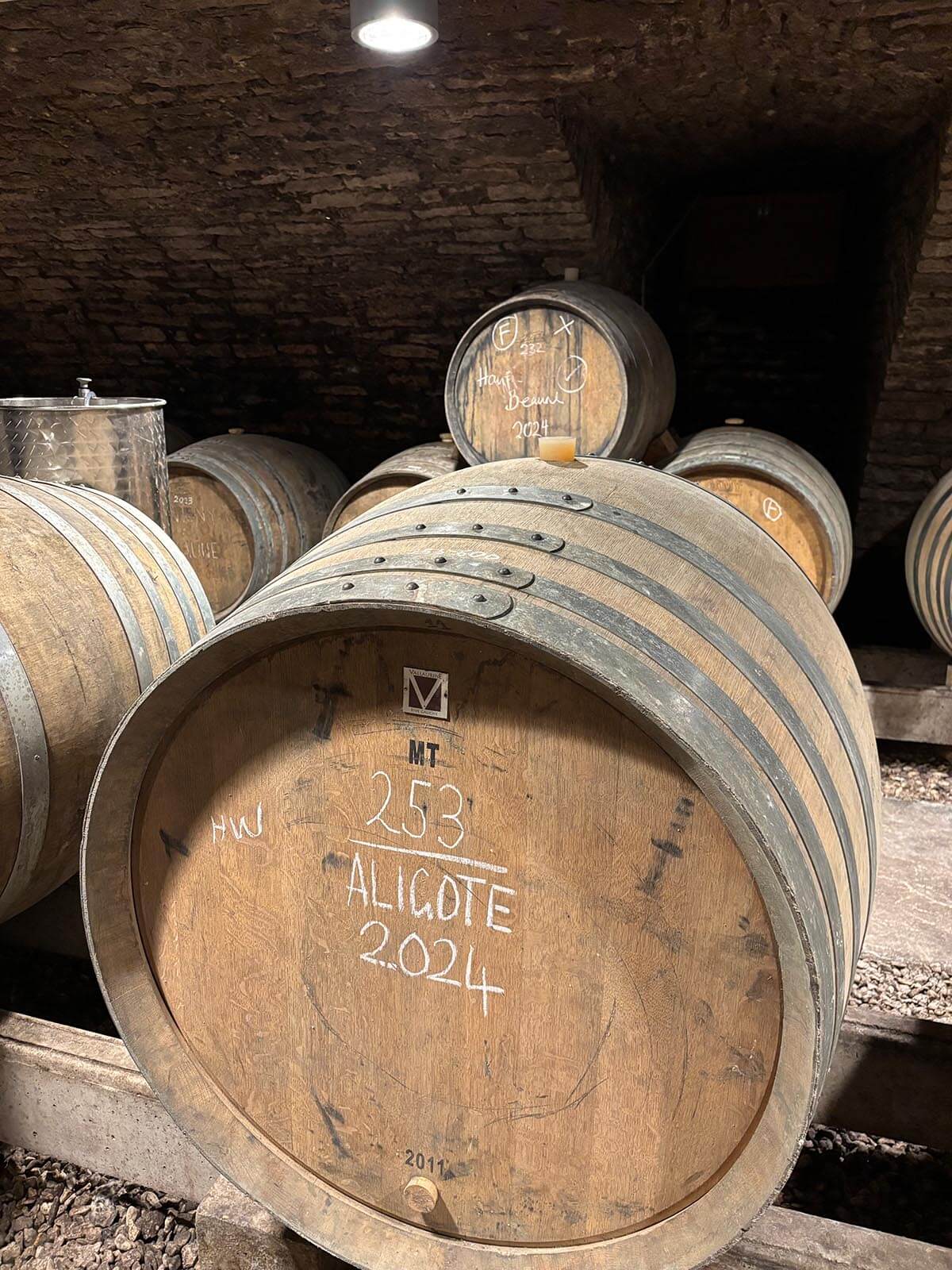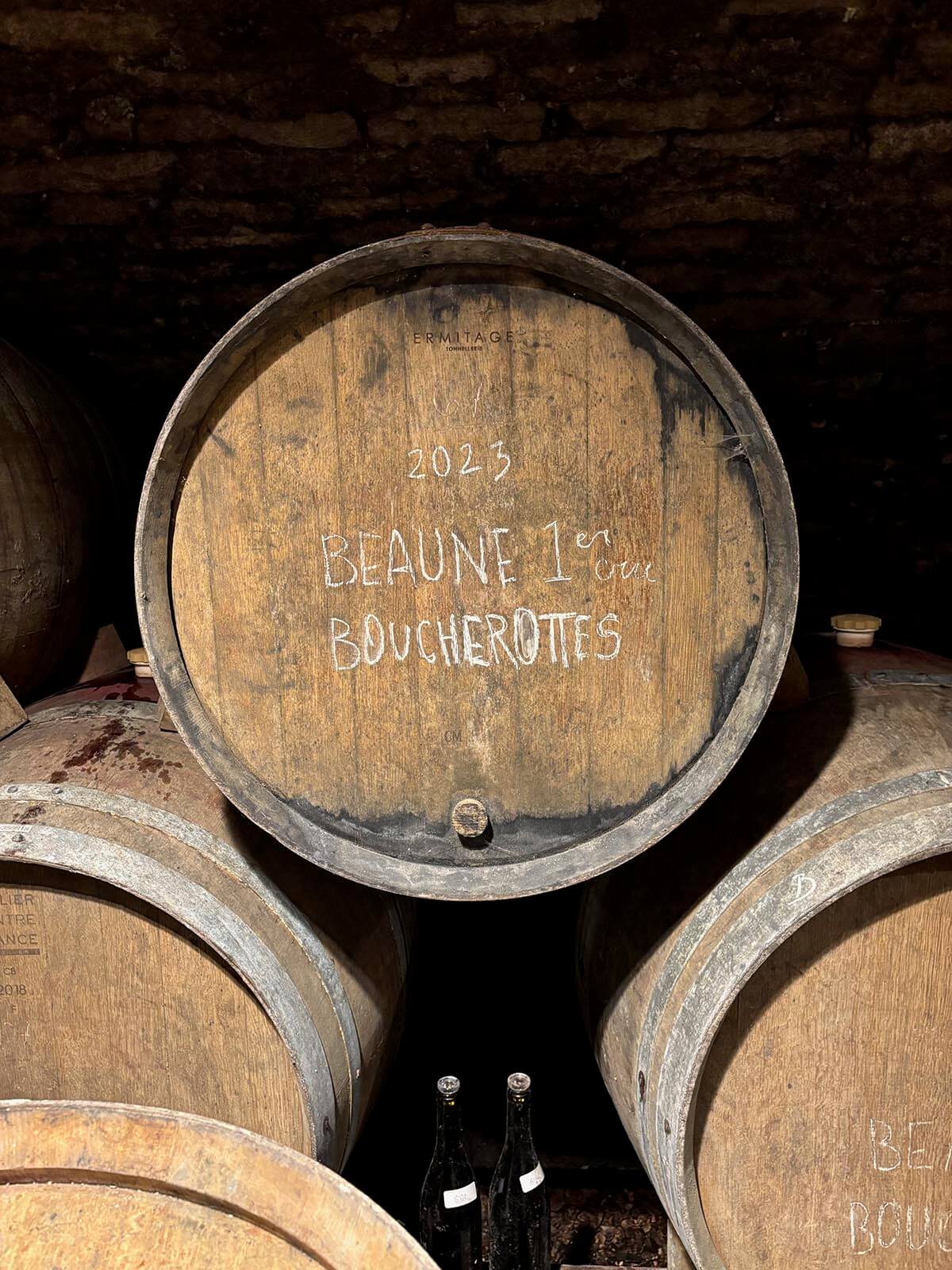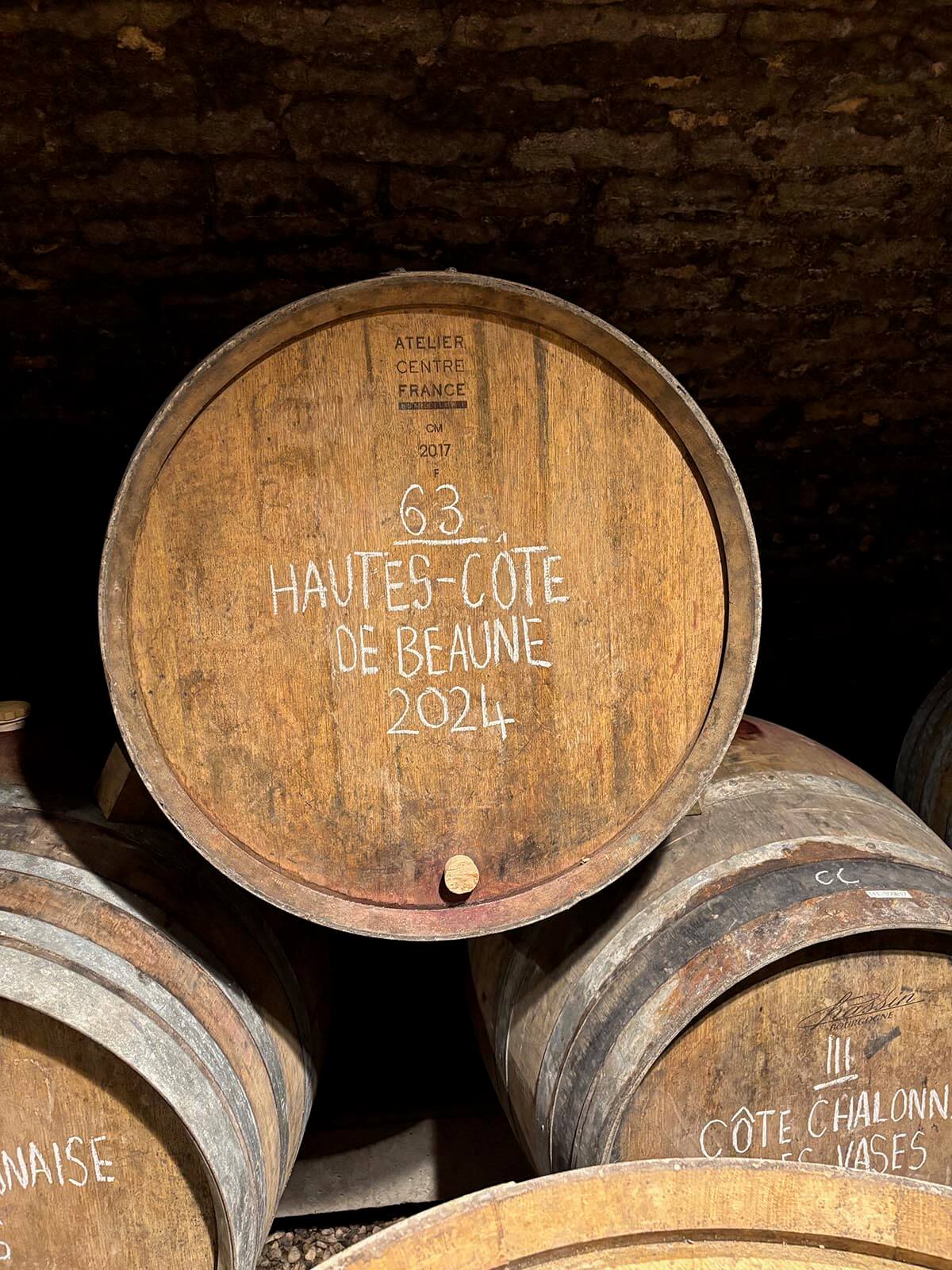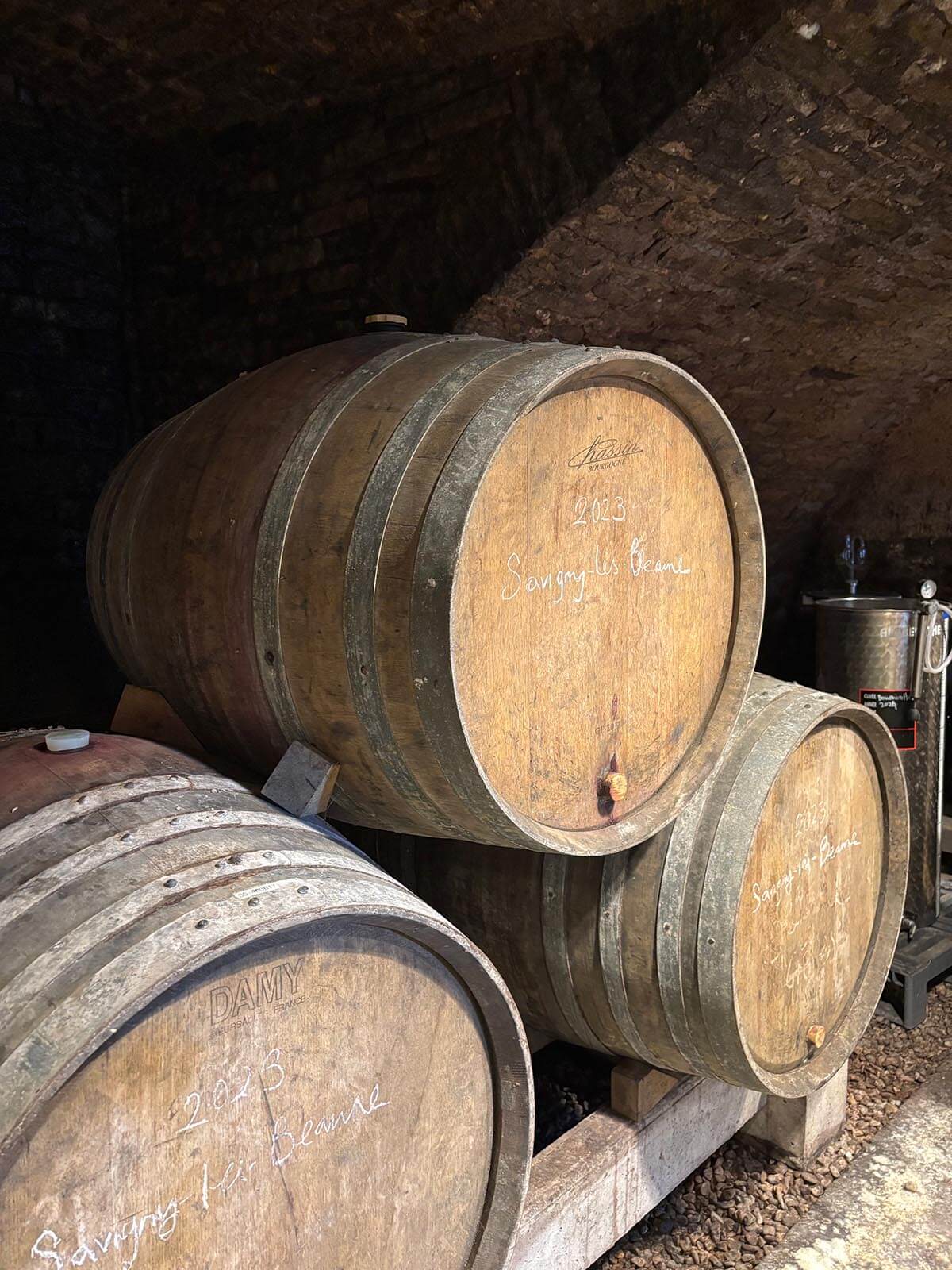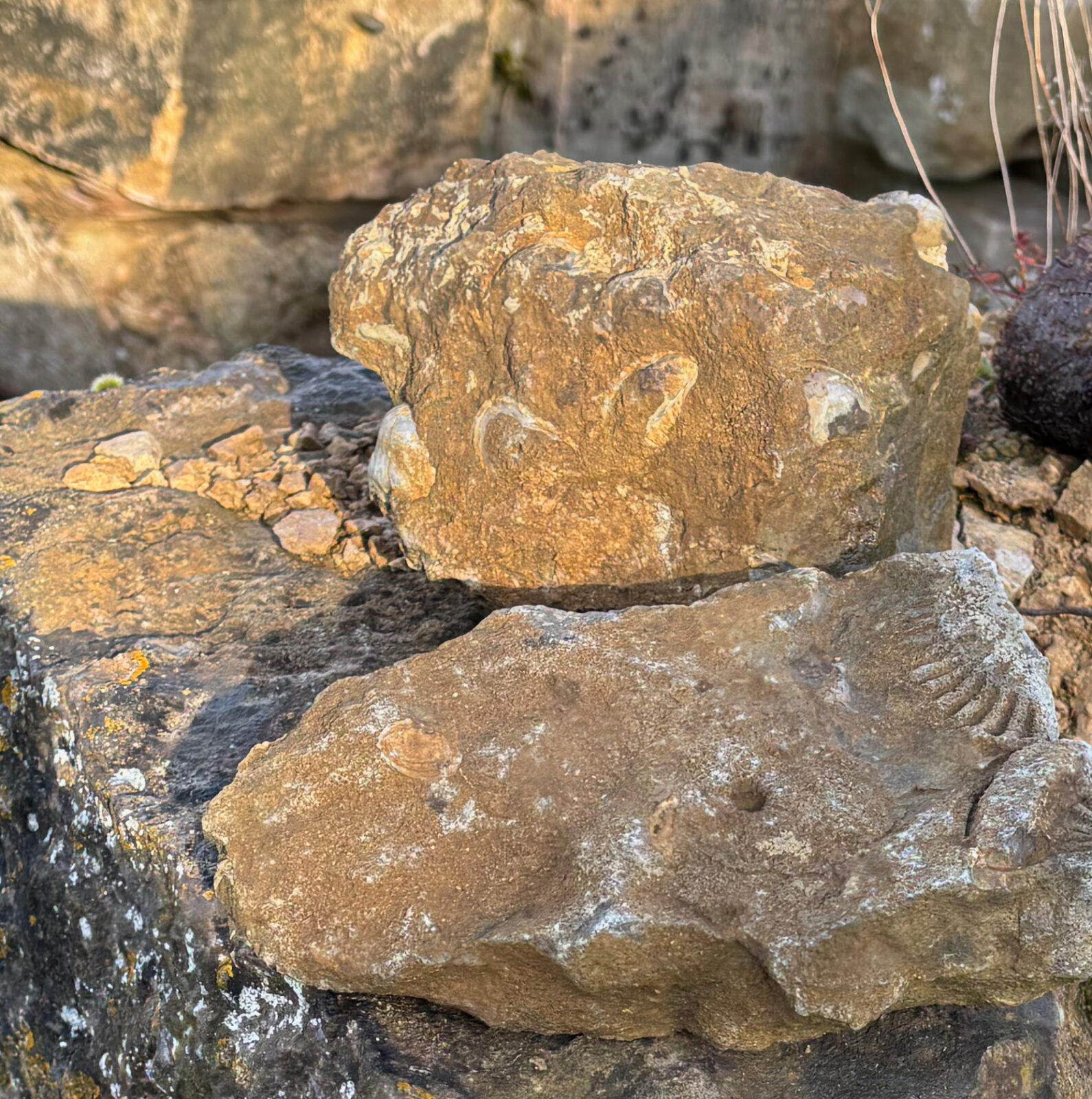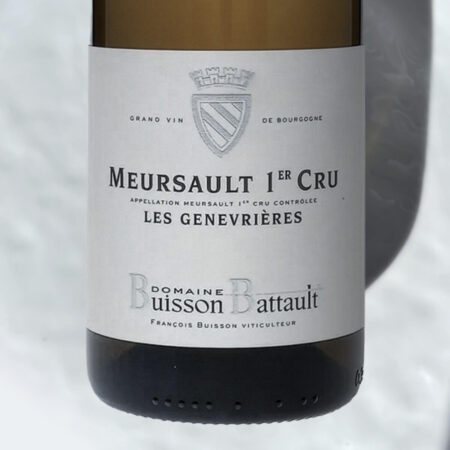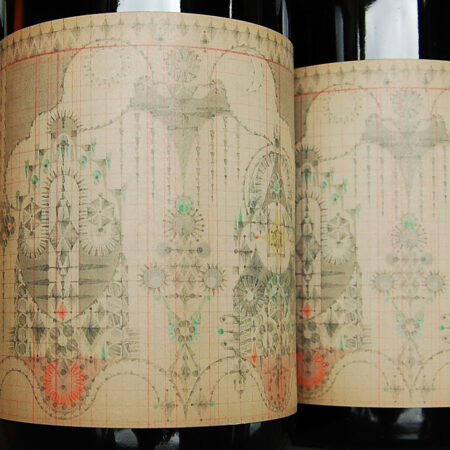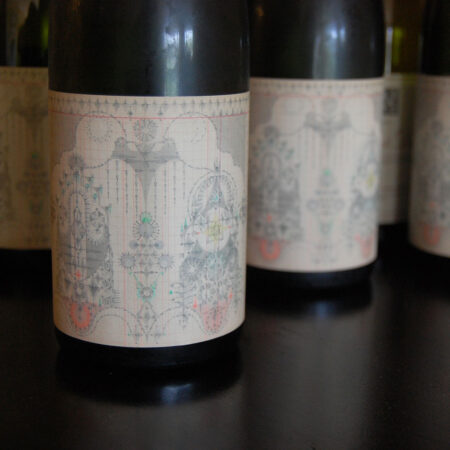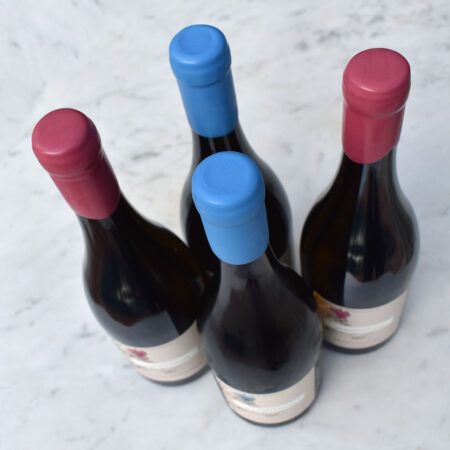Description
“The vines, aged 30 to 80 years, are from a steep, cool-sited vineyard on the slopes above Azé with well-drained, limestone-rich soils. High-trained, farmed sustainably, and the westerly aspect and soil contribute to the wine’s freshness and tension.
“Grapes are crushed and left for several hours of skin contact before a long pressing. Chilled overnight and racked to large format barrels for a native fermentation with plentiful grape solids for texture. Left undisturbed on lies for 12 months and then racked to steel tanks with their lies for another six months to brighten. Bottled unfined with a very light filtration.”
-Andrew & Emma Nielsen
About Le Grappin
Le Grappin make authentic wines from under-appreciated parcels in Burgundy and Beaujolais. They source fruit from the same single parcels of organically farmed vines each year. From their winery, in the Hautes Côtes de Beaune, they combine modern winemaking with traditional methods, eschewing additives and interventions.
The Nielsen’s started Le Grappin in 2011 following Andrew’s five-year journey working for some of the world’s great Pinot Noir and Chardonnay artisans in California, Central Otago, Burgundy, and the Yarra Valley and studying wine science. Emma joined in 2015 bringing her experience of marketing, events, and project management.
Their fruit is from vineyards farmed organically, working with the same growers each year, with some partnerships now lasting for more than 10 years. Fermentation is done with no additions, using strict sorting and hygiene to combat wine defaults, and serious vineyard work to avoid the need for sugar, acid or nutrient additions.
Whites are whole bunch pressed in hydraulic basket presses and fermented in a range of formats depending on the fruit – old oak barrels, concrete egg, wooden foudres and glass. Reds are fermented whole cluster in wood or concrete large tanks with ageing taking place in large-format old oak barrels, for up to two years depending on the vintage and the wine’s development.
Their Le Grappin labels showcase fine wines from the Côte de Beaune and Hautes-Côtes de Beaune, and Du Grappin, the more relaxed and restaurant-focused wines from Beaujolais, Mâconnais and Vézelay.
